Coffee production : back to the basics
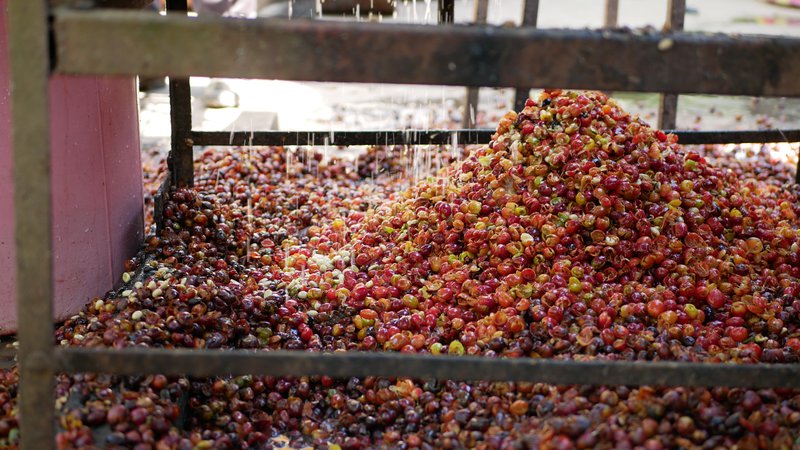
- alice
- Sept. 25, 2018
- Share
Producing green coffee, even conventional one, implies a lot of work, care and investment for the farmers.
Coffee is a plant that starts giving flowers (that look and smell like jasmine) and fruits (coffee cherry) after 3 to 4 years.
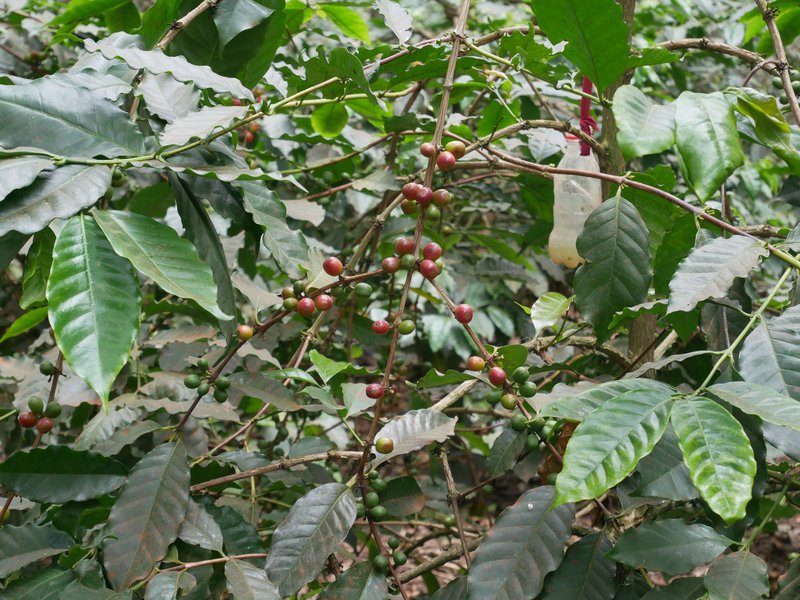
On the international market, coffee is traded in green beans that will be then roasted and grind to be ready for consumption. Consumers never see the price of the green coffee. However, it is this price that matters for the coffee producers, exporters, importers and roasters.
So how does the coffee cherry becomes a green bean?
It passes through different phases of preparation and transformation.
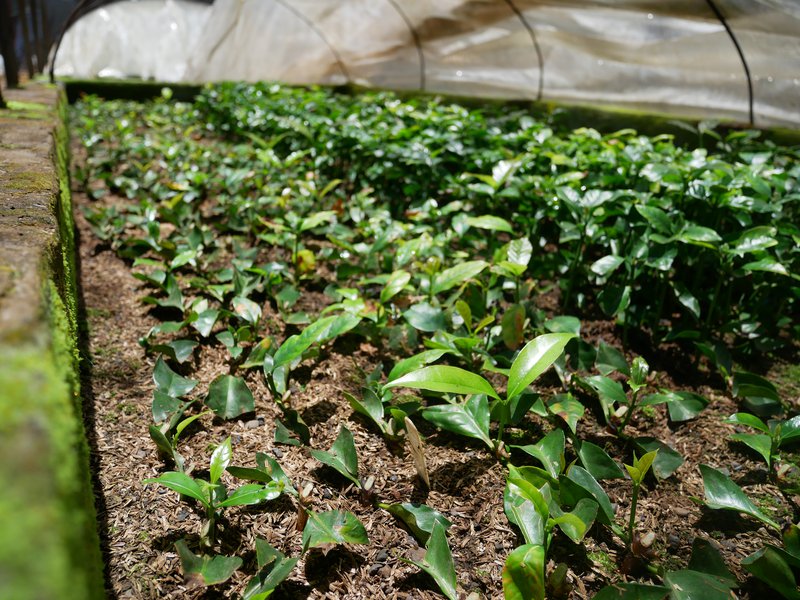
From the moment of the seeding until becoming a cherry (one cherry containing in general two coffee beans), the farmers need to ensure a good control and management of his farm. He needs to be sure that the trees do not suffer any disease, fungus (the most common being the leaf rust) or is not attacked by any insects (such as the coffee berry borer).
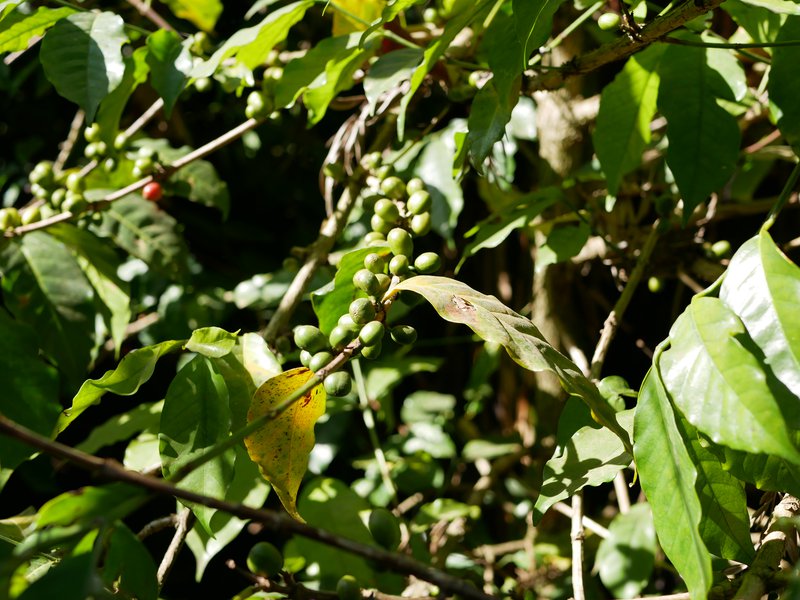
Once the cherry is ready and reach the sufficient state of maturity (red ripe cherry), it can be picked manually, harvested.
But coffee cherries never reach the state of ripeness at the same moment. So the harvest usually take several months, several times and it's necessary to contract people - the number depending on the size of the farm.
Coffee Process*: What is it?
- Coffee Peeling
The "coffee process" starts from the picking until the moment the coffee is stored as green bean. It's a phase that needs to be done as quickly as possible after the picking to avoid any damages of the fruits.
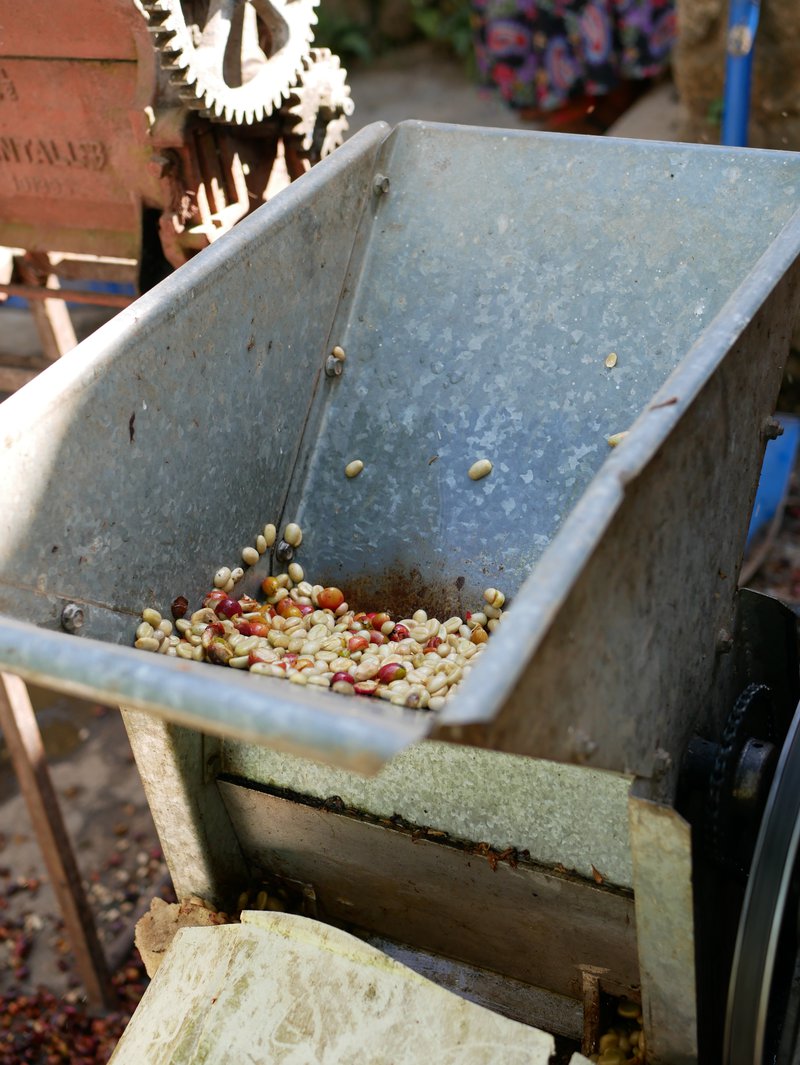
Once the cherries are picked, the pulp (skin) is taken out to collect only the coffee beans still covered by the parchment (the skin that is the closest to the bean) and the mucilage (right under the cherry pulp).
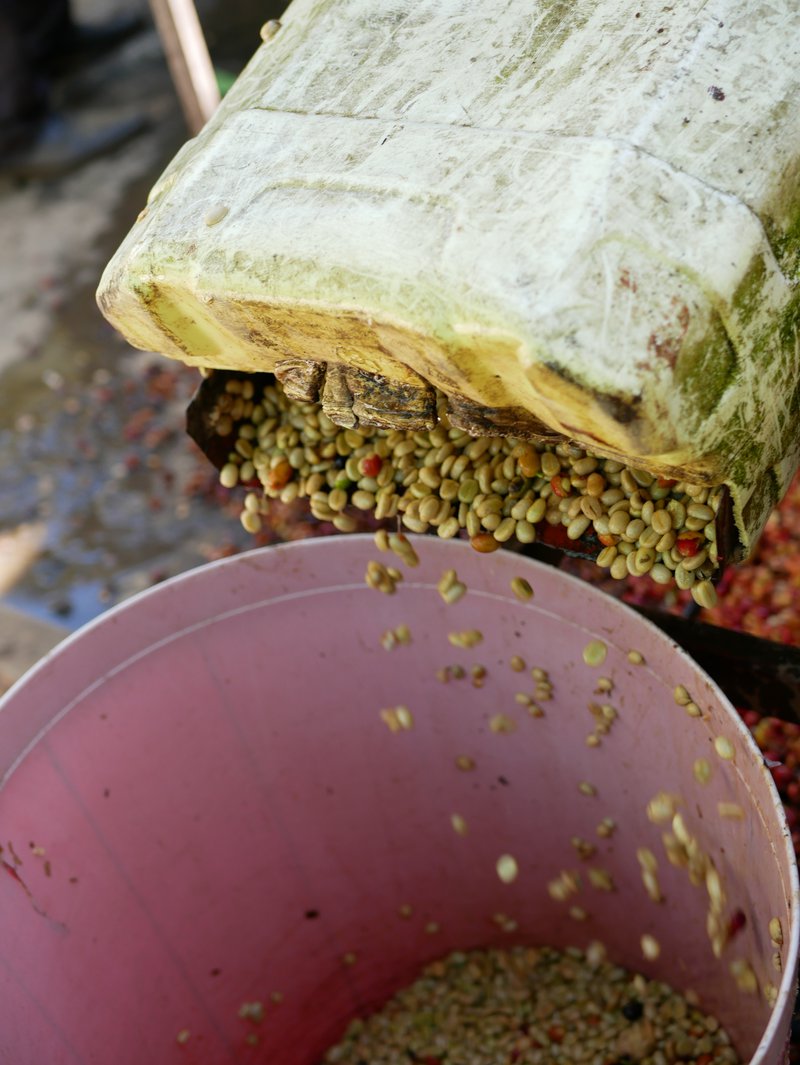
It can be done through a peeling machine, when the farmers can afford to buy or rent it, or by hand.
- Fermentation
Then the beans are put in fermentation tanks, plastic containers or cement tanks, and then left here for 24 to 48 hours, depending on the temperature and humidity of the day. This phase allows to take the mucilage out and to develop coffee enzymes that will reveal its organoleptic features.
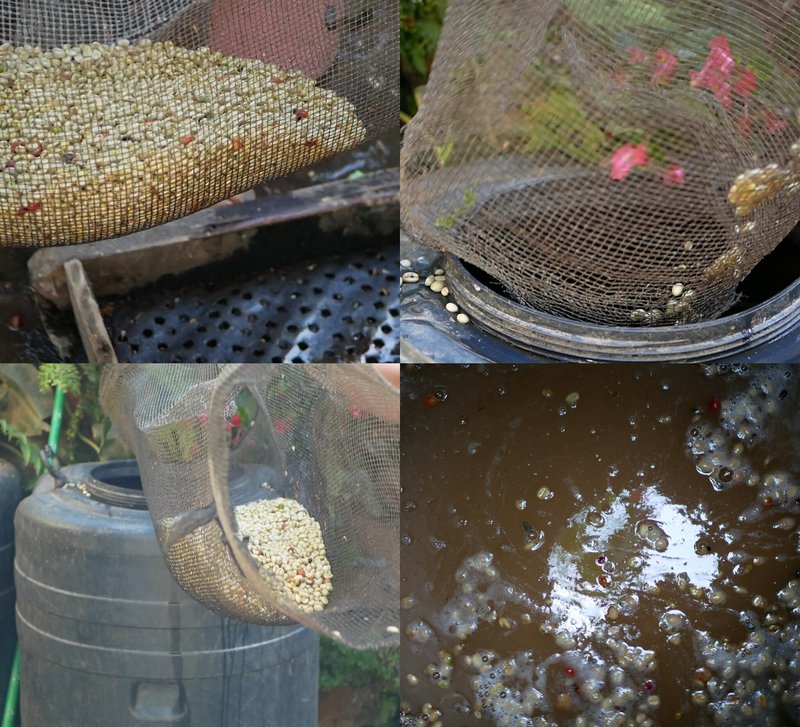
It's a crucial phase that needs to be control to avoid over-fermentation, a serious defect that can damage not only your cup (giving it a moldy, medicinal taste) but a whole lot.
- Washing and Drying
After the fermentation phase, the coffee beans are washed and washed again until the water is clear and only the parchment remains. They are then brought to drying tables where they will be classified by quality: P1 for the best, P2, P3 etc...
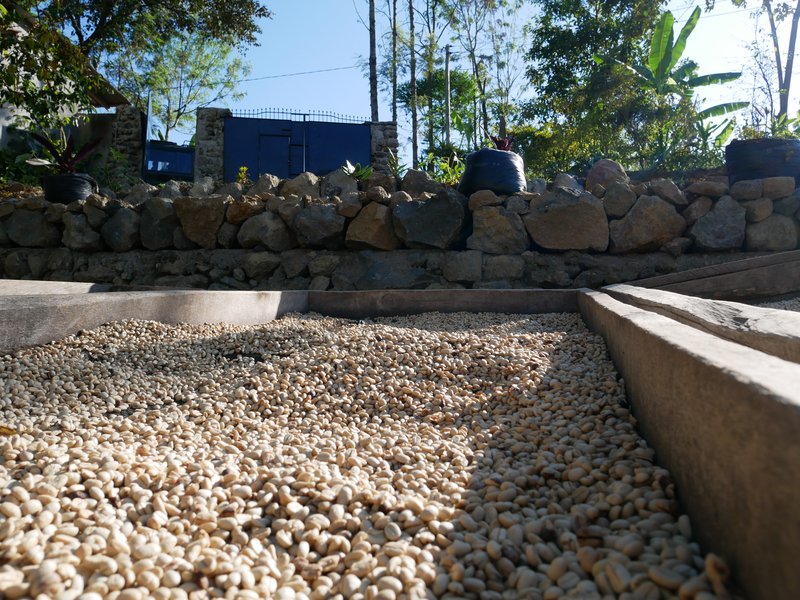
Coffee is dried until reaching 12% humidity which takes between two and three weeks depending on the climate.takes between two and three weeks depending on the climate.
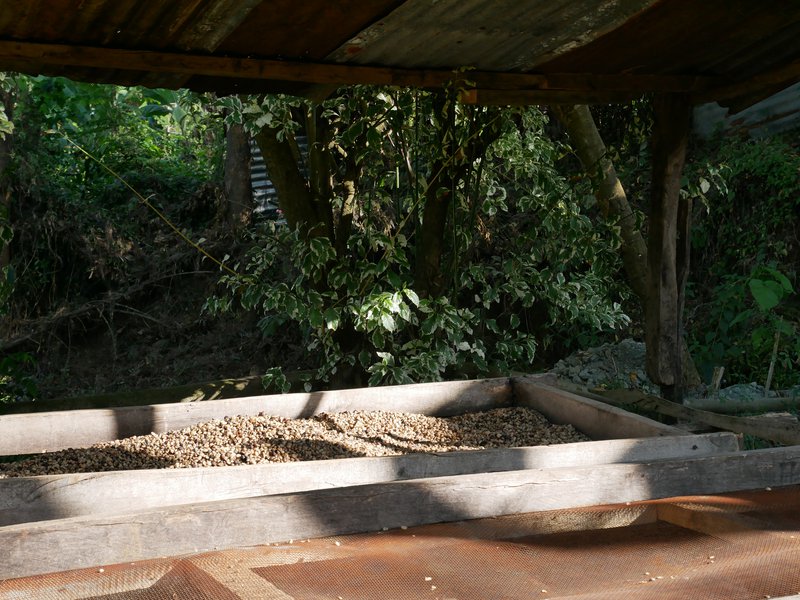
At all these phases, the farmer and the people working for him needs to be very careful of any climate alteration. Too much sun or a sudden rain without sufficient precautions taken can mean a lost of a whole lot.
And the work doesn't stop there.
- Dry Mill and Hulling
Coffee in parchment must then be sent to the mill before being sold to the auctions and finally prepared for exportation.
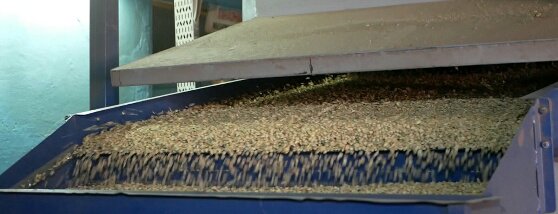
And it's again a cost that shall be bear by the farmers to be able to sell their coffee.
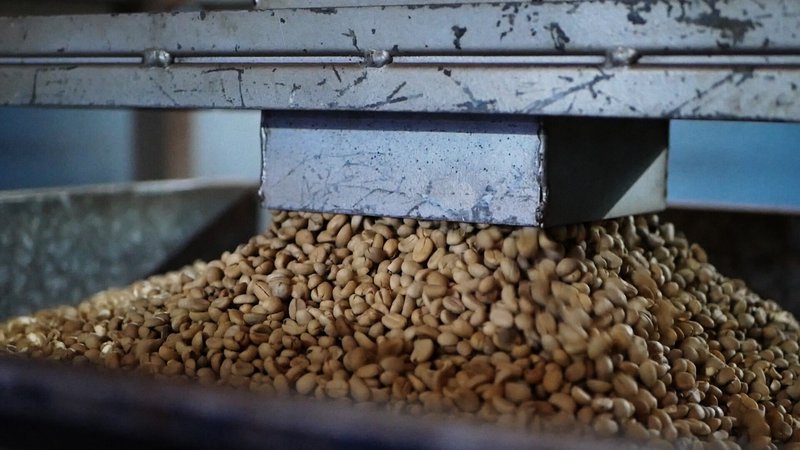
- Fixed Costs
At the end of the crop, the producer had to bear the costs of:
- farming (agricultural inputs and work on the farm)
- supervision and management of the farm (to avoid diseases and pests)
- harvest (implying contracting people to pick and process the coffee)
- transportation to the wet mill (place where the coffee is processed when it's not directly on the farm)
- transportation to the dry mill (where coffee is sent in parchment)
- commission paid to the dry mill (for coffee hulling, selection and packaging)
- transportation to the auction for final sale (as the case may be for example in Tanzania)
- taxes perceived by the government on each kilogram produced
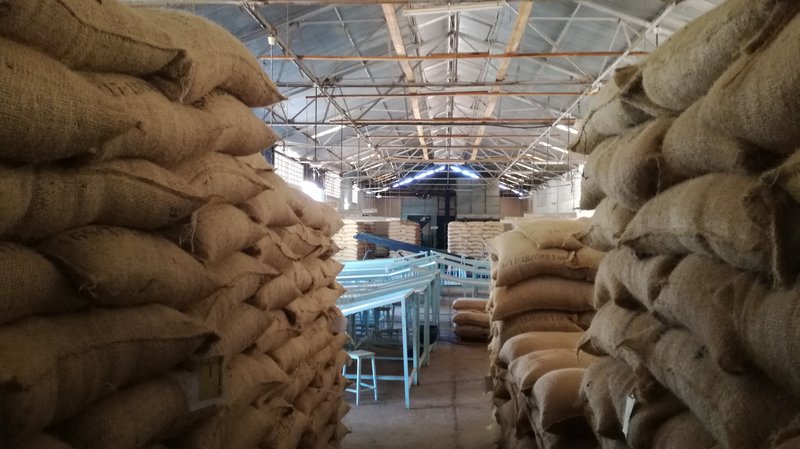
- Observations
Under the current system, farmers receive very little support from their government. They don't receive subsidies and have to negotiate a credit with the banks that can decide of very high interest rate.
All these steps and expenses are thus supposed to be covered by the market price, that currently don´t even reach 3 US$/kg...
Not very surprising to see the new generations turning on other crops, easier and that can ensure a constant cash flow.
Certified premium and Specialty coffees do not fall exactly under that system, as they offer a better price based on quality and other specific features (sustainability, traceability etc..).
A better quality implies even more costs for the producers.
So a good start would be to consider all theses fixed charges to establish a fair price and sustainable trading methods that can allow the farmers to live and to keep providing coffee of constant quality.
*Note that the description of the coffee process is the one usually practised for the majority of the arabica coffee traded in the world. It is called "washed coffee process" as opposed to the "sundried or natural process" which does not imply removing the coffee pulp. In this latter method, the coffee beans ferment and dry in the cherry itself until reaching the sufficient level of humidity (12% as well) to remove the dried skin (called husk or cascara).
The sundried process is more exigent and implies more control. Remaining in its pulp, in contact with more sugar and enzymes, there is a bigger risk of over fermentation. It is however a preferred and traditional method in some areas with limited access to water (ex: Harrar, Ethiopia or Brazil)
Washed coffees are appreciated as they usually provide a clean and bright cup with shining acidities.
Sundried coffees in general give a very sweet, dense and fruity cup.

 Colombia
Colombia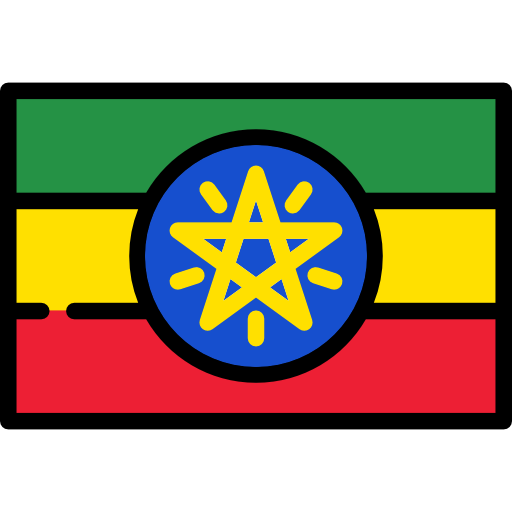 Ethiopia
Ethiopia Guatemala
Guatemala Indonesia
Indonesia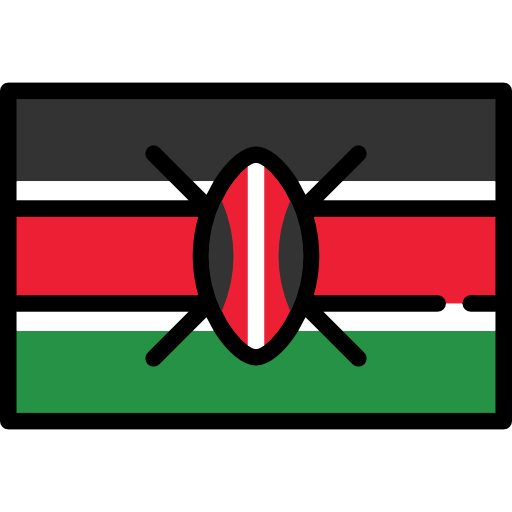 Kenya
Kenya Mexico
Mexico Philippines
Philippines Tanzania
Tanzania Uganda
Uganda